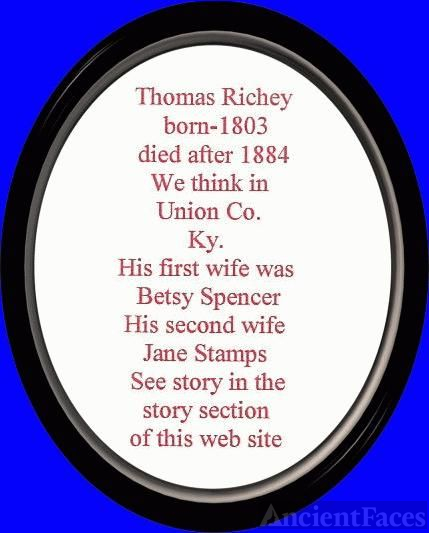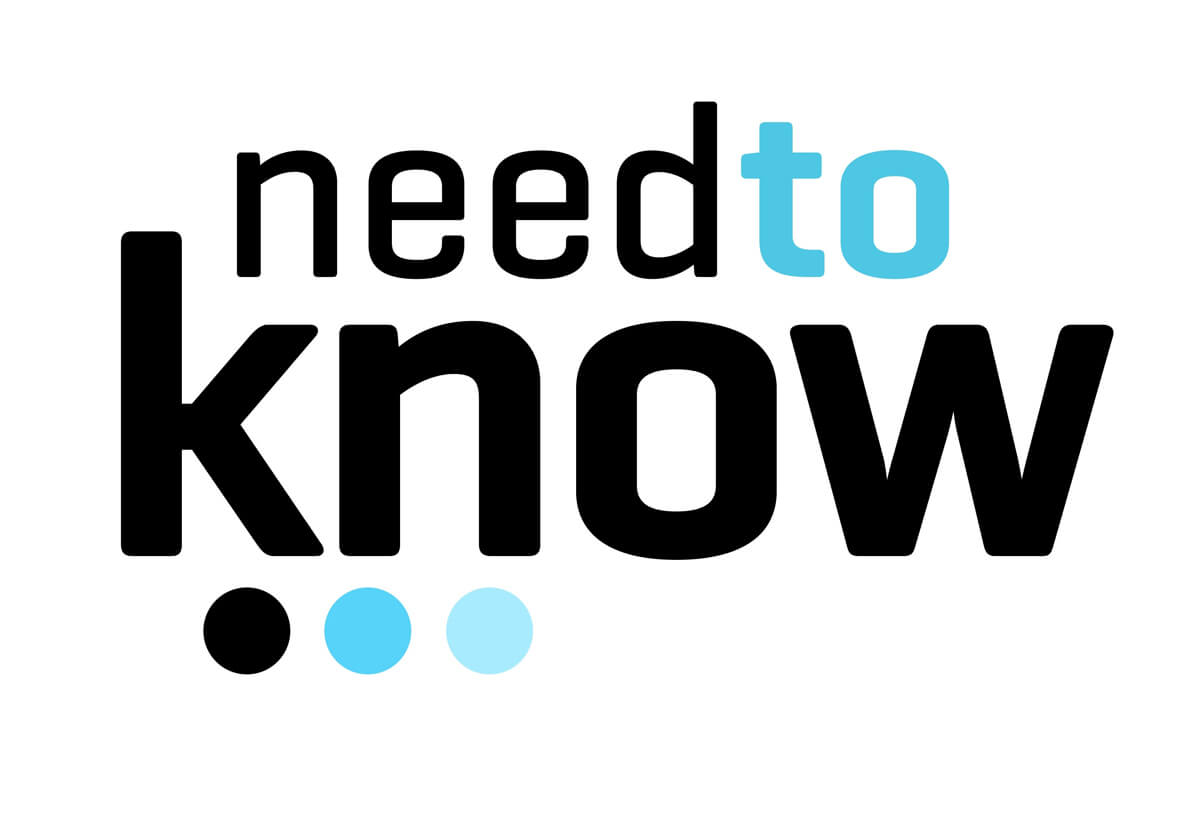

Is There Any Reason We Can’t Move Forward? Once your stakeholders get into the habit of you asking them for their questions, they’ll get better at filling in gaps and providing more relevant information. Use this question and variations of it whenever you can – between agenda items, at the end of a meeting, and before finalizing a requirements specification.

As You Are Closing a Discussion Is There Anything We Didn’t Discuss? Since these terms seem so obvious, often no one has bothered to ask what they mean in a long, long time. And don’t overlook the obvious and generic terms like customer, order, or issue as often they have the most false assumptions surrounding their meaning. This type of discussion often leads to at least a few “aha” moments – for you and everyone else.Īsk questions about acronyms, confusing terms, and organization-specific phrases.

This question often leads a discussion where stakeholders share their different definitions, begin clarifying each other’s definitions, and offering up examples of negative cases to clarify the definition. Resolving misunderstandings in terminology is an area where a business analyst can demonstrate strong leadership skills. And that’s the topic of our next question. In my experience, most conflict and significant stakeholder project disagreements result from either a difference in business goals (which you’ll discover by getting to the root of the problem) or a terminology misunderstanding. Click here to find 10 ways to discover what the problem really is. This question often must be asked multiple times to get to the real answer and it also must be asked with finesse so that it doesn’t generate conflict. Asking for an example or many examples to represent different requirements can help expand the conversation and ensure your requirements cover all the scenarios. If you sense you are not getting the whole story, ask this question. As You Are Getting Into the Details Can You Give Me an Example? The answer to this question gets you information about what they think they need so you can either start fulfilling their expectations directly or starting the process of resetting their expectations about what you’ll be doing as the business analyst. And sometimes what they think they need and what they really need are very different. But sometimes what our stakeholders need is different from what we want to provide them. We can bring a lot of expectations to our roles – templates we think need filling out, specifications we’d like to create, and models we’d like to draw. Simply asking the question also starts the trust-building process because you are indirectly communicating you are not going to bulldoze your way through the project. Use this question to figure out the current status of the project and, more importantly, get into your stakeholders’ current mindsets about the project. And even if we’re at the beginning of the project, it’s likely our stakeholders have at least thought about the problem and have some pre-conceived ideas about the solution. But very often, that’s simply not the case and this false assumption leads to us irritating our stakeholders by rehashing what they feel is a finished discussion. Often we assume (or like to assume) that we’re brought in at the beginning of a project. (And you should almost always be asking questions.) Questions to Ask At The Start of a New BA Assignment What’s Been Done to Solve This Already? You can think of this list as the questions to ask when you don’t have any specific questions to ask but know you should be asking questions. What if there were a handy list of questions we could ask in almost any requirements-related conversation to get more relevant information from our stakeholders? Other times, we sense we’re missing something, but are not sure what it is. But every once in awhile, we find ourselves needing to ask a question and not having one ready-at-hand. The questions we think to ask are critical to getting the right information. We put a lot of burden on ourselves as business analysts to get as much information as possible as early as possible in the process.


 0 kommentar(er)
0 kommentar(er)
